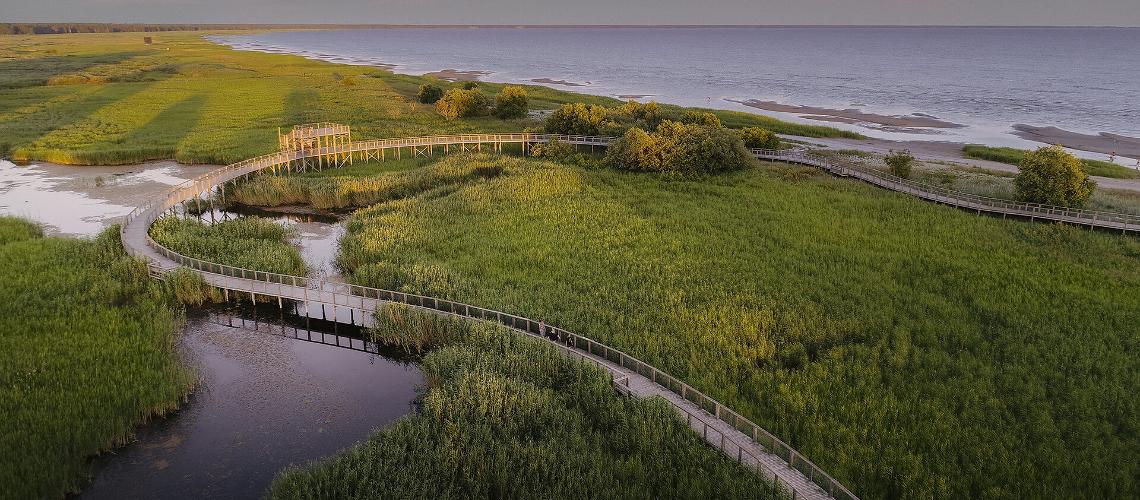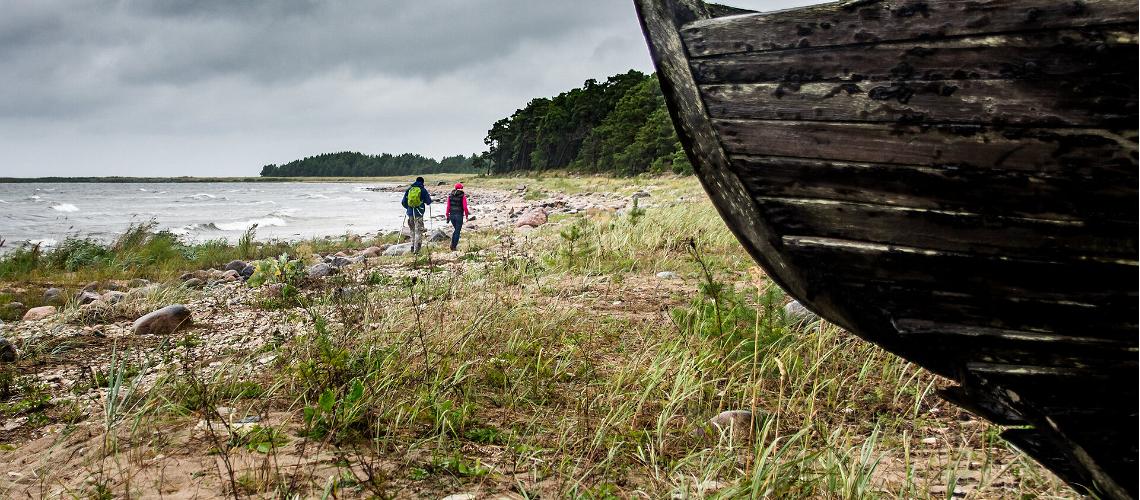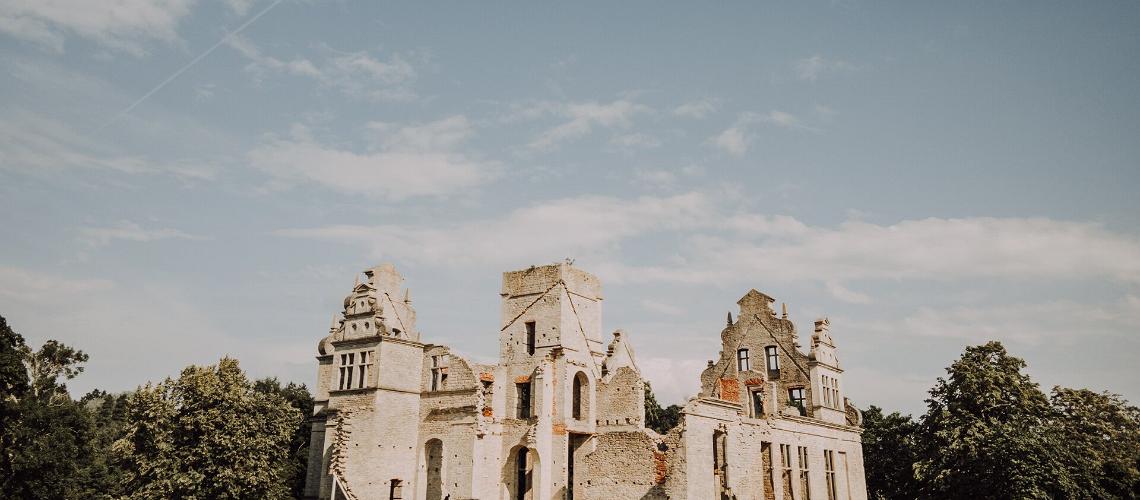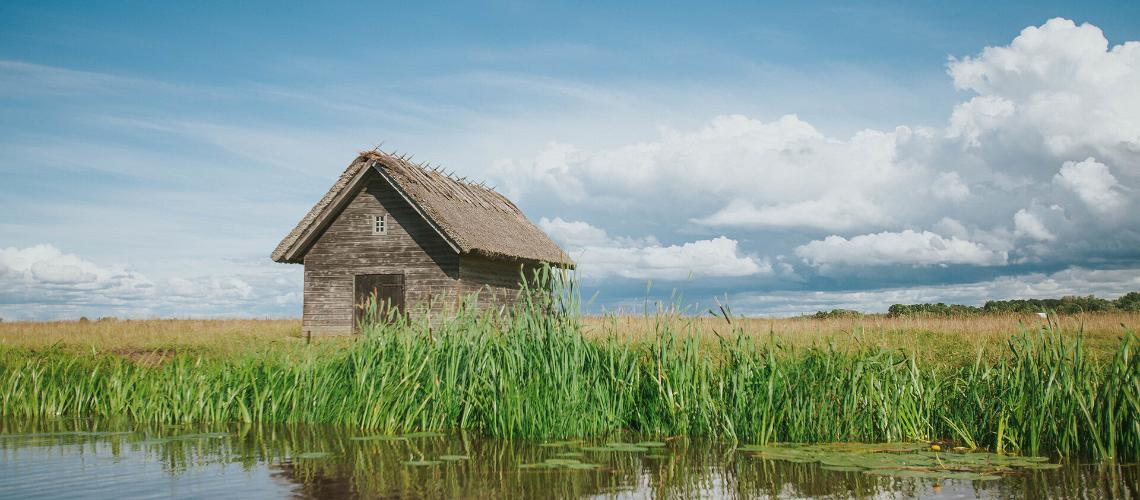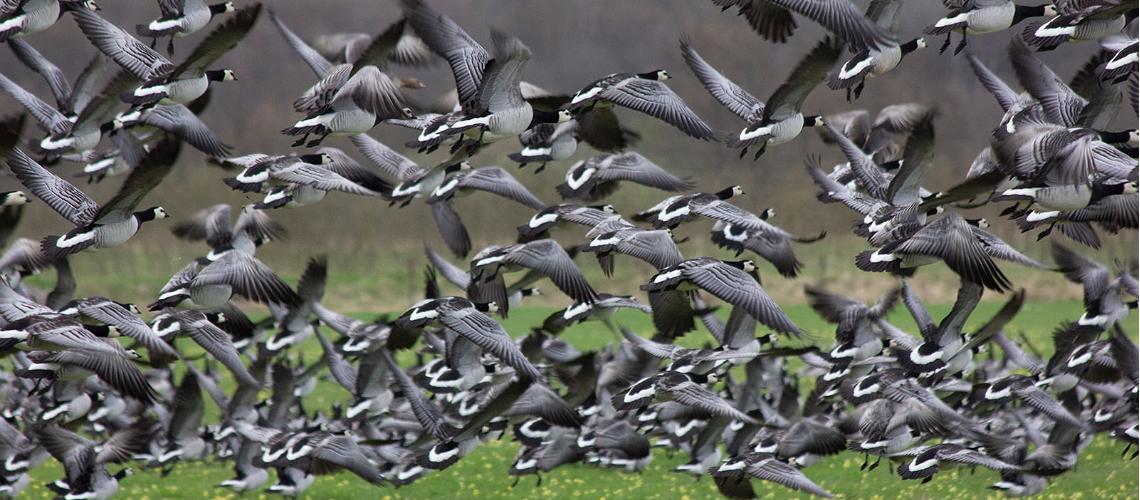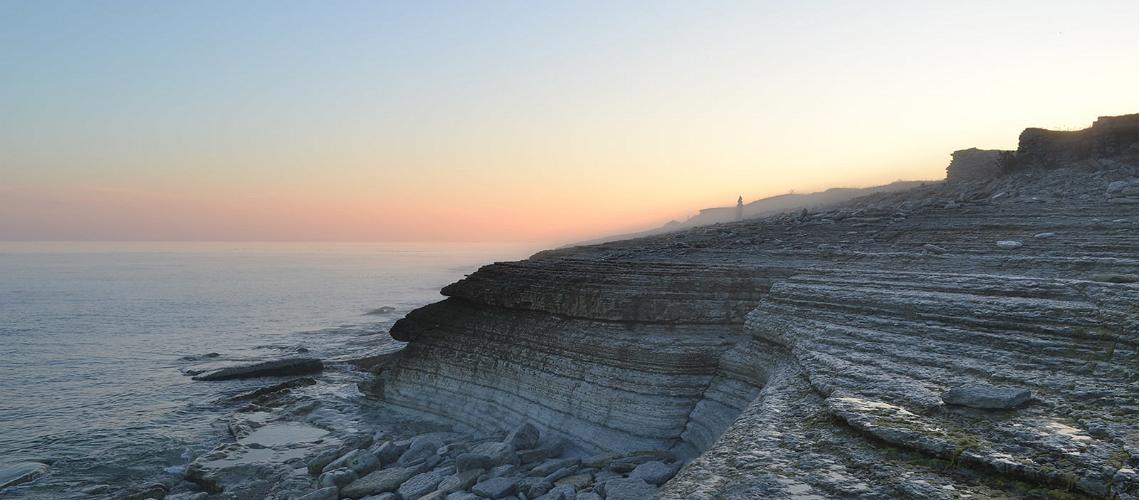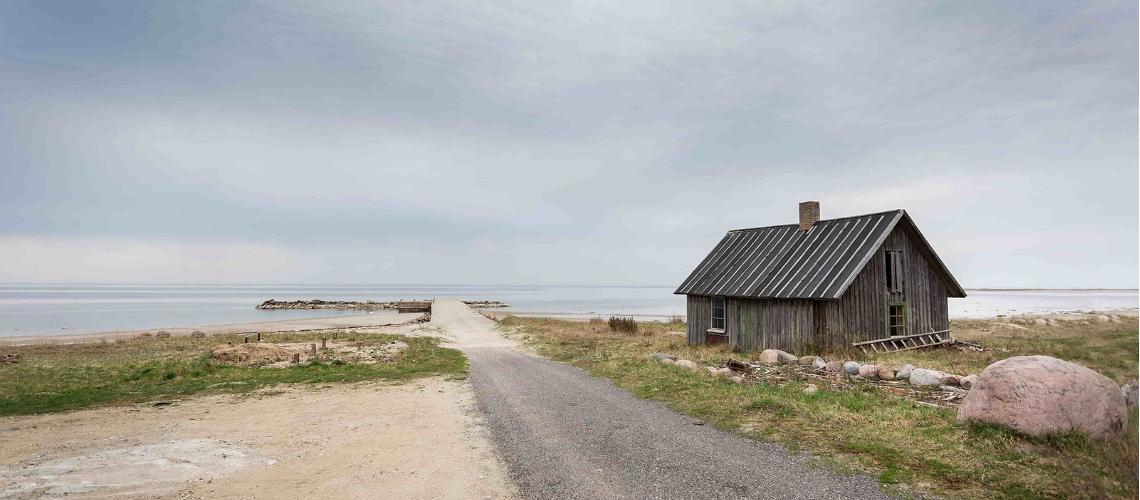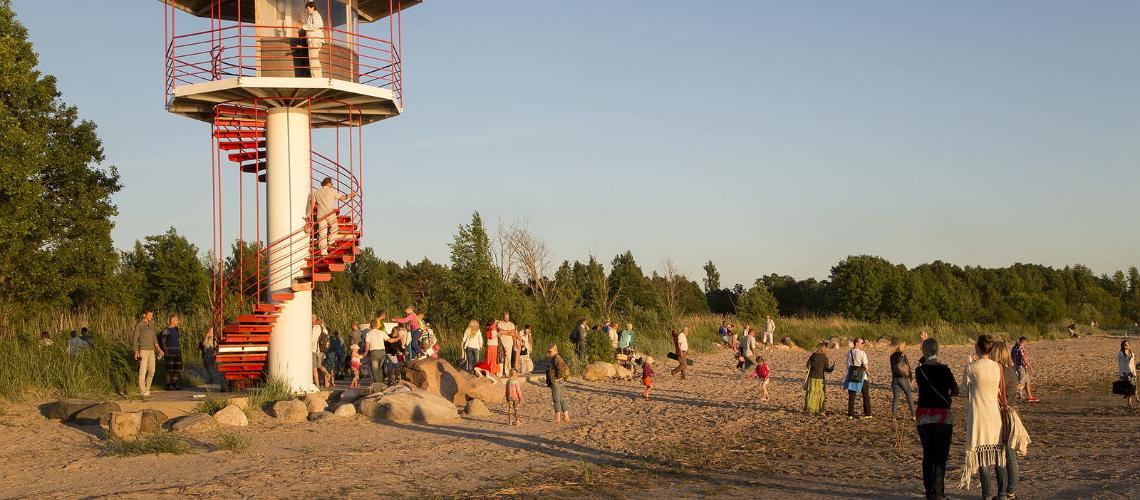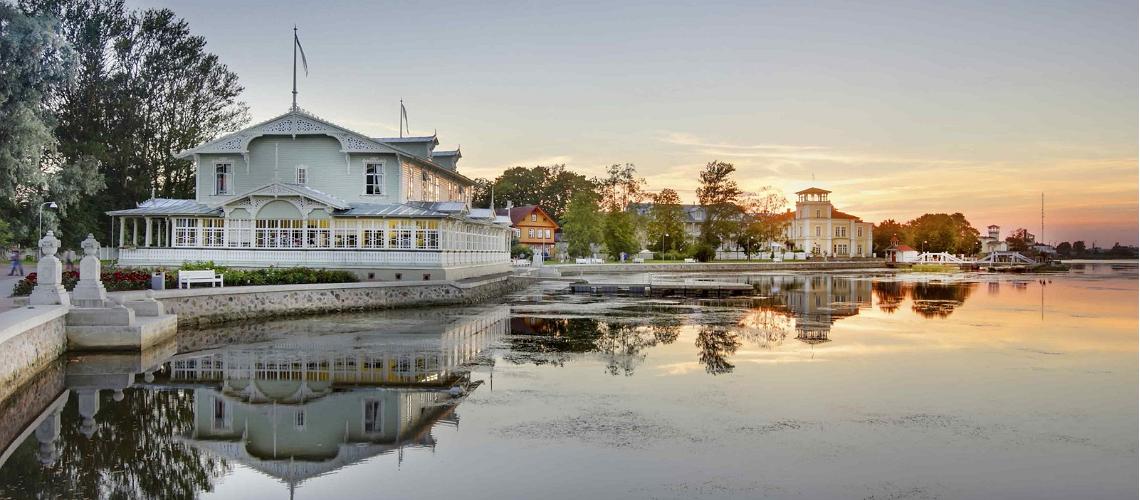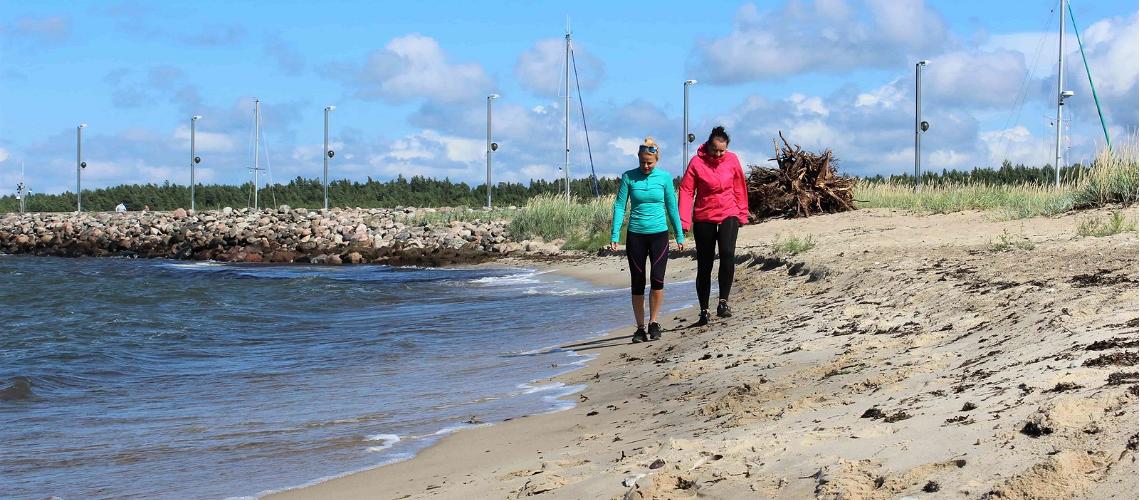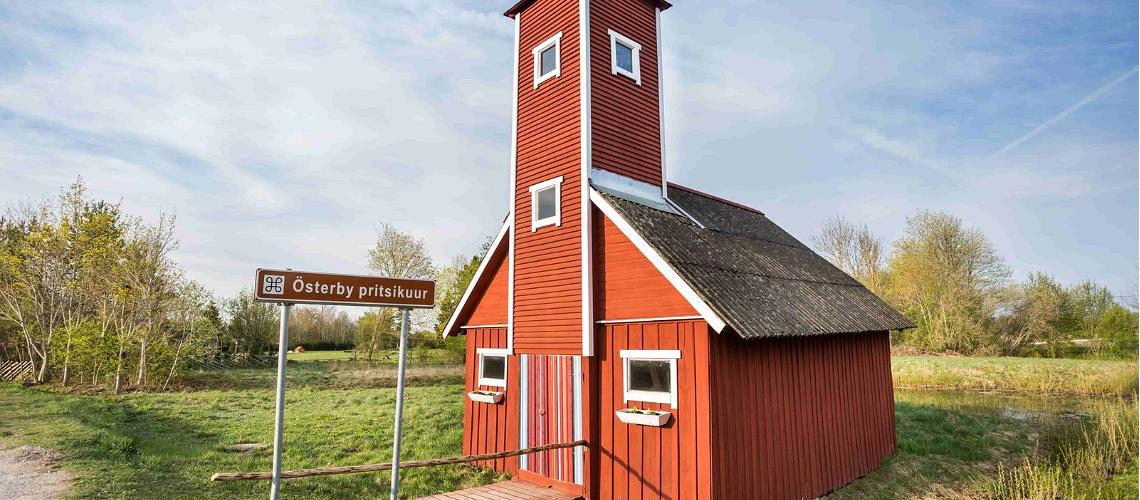The Baltic Coastal Hiking Route, which runs along the coast of the Baltic Sea, is part of the European long-distance path E9. Together with the Baltic Forest Hiking Route, it makes up the Baltic Trails. Lonely Planet has named these two hiking routes a Best in Travel Sustainable Destination for 2024!
The hiking trail begins from Nida village at the border of Lithuania and Latvia and ends at Tallinn Port in Estonia. The total length of the route is 1,200 km, 580 km of which are in Latvia and 620 km in Estonia. The route from Nida to Tallinn covers over 500 natural, historic and cultural sites. The Baltic Coastal Hiking Trail also includes the Estonian islands of Kihnu, Saaremaa, Muhu, Hiiumaa, Vormsi, and Osmussaar. The path can be travelled in both directions, as Tallinn can also be the starting point.
The Estonian stages of the Baltic Coastal Hiking Trail
The Baltic Coastal Hiking Route comprises 8 major stages, divided into 60 one-day walks between 15 and 25 km. Each day can be regarded as a separate route.
These are the stages in Estonia:
- Coast of Pärnu Bay and fishing villages (Ikla – Virtsu 228 km, duration 11 days)
- Matsalu National Park and islands of western Estonia (Virtsu – Rohuküla 100 km, duration 5 days, plus Saaremaa, Muhu, Hiiumaa and Vormsi)
- Haapsalu and coastal Swedish villages (Tuuru – Nõva 136 km, duration 6 days)
- Cliffs and waterfalls of northwestern Estonia up to Tallinn (Nõva – Tallinn 158 km, duration 8 days)
Important things to keep in mind
- You can begin at any point along the trail and travel in both directions.
- Various stages can also be completed via public transportation, or the logistics and baggage carriage can be agreed upon with your accommodation providers.
- Signposts and information displays, white-blue-white markings on trees and other natural objects help navigate in nature, while stickers on traffic signs and electricity poles are helpful in villages and cities.
- There are no markings if the trail runs along the beach for a longer period and does not change direction.
What does the trail look like?
In Estonia, the Coastal Route runs along the seashore for around 100 km between Haapsalu and Tallinn, but as the coastline is irregular elsewhere and comprises numerous capes, reed beds and beach meadows, the remaining ca 500 km can be travelled by coastal roads and, at times, along the side of the motorway. In cities and settlements, the coastal hiking trail extends along the sidewalk.
The route is accessible in all seasons. The coastal area is more crowded during summer, so seaside accommodation should be booked beforehand. The temperature of the seawater may reach +18–20 °C during the summer, so swimming is also an option. Autumn offers more colours to see when walking through the forest – the leaves are varicoloured, and there are mushrooms and berries in the woods. It is also the bird migration season, which may be rainy and stormy; some accommodations and eateries may be closed. During winter, most services may be unavailable. With lasting snow and cold, why not complete some of the stages on skis? Spring offers a chance to witness nature awakening – fragrant lilacs, birds returning from warmer areas, gurgling streams and buds sprouting.
Dangerous natural disasters are not characteristic of the coast of the Baltic Sea. However, a breeze will usually nudge you forward while walking along the coast. There are no tides that restrict travelling along the seashore, but the coastline still varies and may be different upon each subsequent visit to the same place. This Lonely Planet article can also give you an idea of what to expect.
Tips for hikers on the Baltic Coastal Trail
- Bring cash (euro), as an ATM may not always be nearby.
- A travel document is necessary for crossing the Estonian-Latvian border.
- Comfortable and appropriate footwear and water- and wind-proof clothing are important; bring a small pharmacy kit with sun protection and insect repellent during summer.
- An external battery may be handy for charging your phone; some places may not have mobile reception, though most accommodations and eateries have WiFi.
- Camping and fire-making are only allowed in designated public rest areas; it is prohibited on the beach.
- Check that going to the forest has not been prohibited due to fire risk. Information on fire risk is available on the website www.lvgmc.lv for Latvia and on www.emhi.ee for Estonia. In the case of a fire, call 112.
- The Baltic Sea is not home to any poisonous or dangerous plant or animal species; the only venomous snake species is the common viper, which may be seen sunbathing on pathways, and ticks are common in grassy and forested areas.
- Accommodation options may differ at different stages of the trail; make reservations well beforehand, as coastal properties may be booked up during high season.
- Eating options may differ as well, depending on the area. Some companies only function during the summer season, so it would be wise to call ahead.
- The free public rest areas by the Ranniku hiking trail are equipped with shelter, tables, benches, and bins and often have a campfire or barbeque site and a toilet.
- Shops are located in larger villages, though some stages of the hiking route have no nearby stores.
- Doctor’s offices and pharmacies are located in cities and larger villages. Dial 112 in case of emergency!
- Public transportation is available in most coastal areas (usually by bus), but travel times should be checked beforehand at www.1188.lv/satiksme for Latvia and via www.peatus.ee or www.tpilet.ee in Estonia. City transportation is available in cities.
- Estonian islands are accessible by ferry: Kihnu and Vormsi at www.veeteed.com, Saaremaa and Hiiumaa at www.praamid.ee, Osmussaar at https://www.osmussaar.ee/kontakt.
- GPX files can be downloaded on www.coastalhiking.eu.
Eco-friendly hiking
- Drinking tap water is completely safe in Latvia and Estonia. Use a reusable bottle, buy products in smaller packaging and be sure to dispose of your waste at the nearest bin.
- If you have a dog on the hike, ensure your pet does not disturb birds and animals. Always keep your dog on a leash; it is the safest option for them and local wildlife.
- Follow posted rules at protected areas and national parks, as well as everyman’s right in Estonia.















